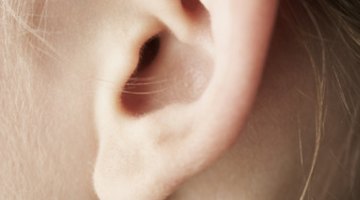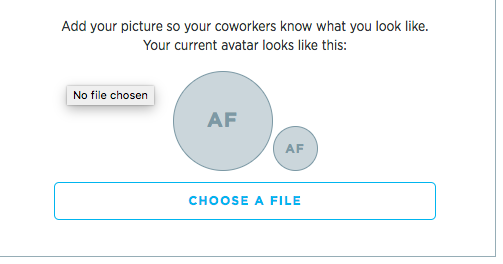Most people who have experience with audio technology are aware of the term "decibels." Decibels help to measure the relative loudness of a particular sound. Changing the volume on a stereo, for example, alters the decibel level, making the decibel count either higher or lower.
What Are Decibels?
By the strictest definition, decibels are the unit used to measure the loudness of sound. The higher a sound's decibel level is, the louder it is. Decibel measurement is important, not simply so you know how loudly you are playing music or how high up the TV volume is. Some noise can be dangerous and harmful, causing partial or total hearing loss, not to mention serious negative effects on the nervous system.
By measuring decibels and making people aware of the noise levels around them, you can protect yourself from the harmful effects of sound. There is a decibel scale where noises are placed from the lowest, quietest noise to the loudest noises measured. On the decibel scale, when there is an increase of 10 decibels between sounds, it actually means that the second sound is ten times louder than the first sound.
What Is the Average Decibel Level of Human Speech?
The sound level of a normal conversation between people is on the lower end of the decibel scale. Typically the lowest decibel sounds like human breathing, whispers and the sounds of steam rising are approximately between 10 and 40 decibels, respectively. Although it may be surprising, the average decibel level of human speech isn't much louder. The sound level of normal conversation is between 50 and 65 decibels, speaking generally.
When you walk into a restaurant and hear a buzz of conversation, you are likely hearing a higher decibel level than that of the average decibel level of human speech. There are many sounds that would emit from the average restaurant. Some are the sounds of machinery, music and conversation echoing in a room. These all combine to increase the decibel level.
The acoustics of a room has a lot to do with the way that certain sounds are heard. Regardless of the source noise, the area where a noise takes place can significantly magnify and increase the decibel level. Hard surfaces magnify noise, while soft surfaces dampen them.
What Decibel Levels Are Dangerously Loud?
To recap, a normal voice decibel level is anywhere between 50 and 65 decibels. Sounds like that are not harmful to the ear, even if you are regularly exposed to them. However, some sounds are dangerous and destructive and knowing the safe decibel range for human beings and the sounds that might exceed that can go a long way toward helping you protect your hearing.
Decibel levels begin to be dangerously loud when they exceed the 80 mark. While short exposure to exceptionally loud sounds is a part of life, prolonged or repeated exposure to very loud noises can do permanent and irreversible damage to the hearing. A train or a garbage truck passing by at close range is around 100 decibels. Fireworks are on the high end at 145 decibels. While these things are not dangerous occasionally, they do have a cumulative effect.
This is also the worry behind headphones that go into the ear. A stereo at its maximum volume can be between 110 and 125 decibels. Listening to music at that level over and over again can be seriously destructive to the delicate organs in the ear that allow us to hear sounds. The results can be hearing loss, either partially or totally. Wearing earplugs in situations that might have a lot of noise or at a loud concert or other performance can go a long way toward preserving your hearing.
Related Articles
References
Writer Bio
Ashley Friedman is a freelance writer with experience writing about education for a variety of organizations and educational institutions as well as online media sites. She has written for Pearson Education, The University of Miami, The New York City Teaching Fellows, New Visions for Public Schools, and a number of independent secondary schools. She lives in Los Angeles.










